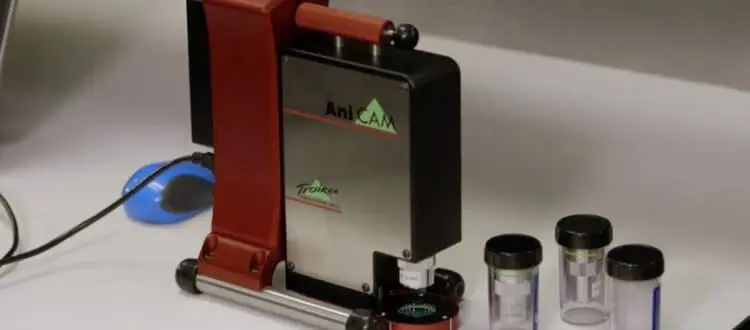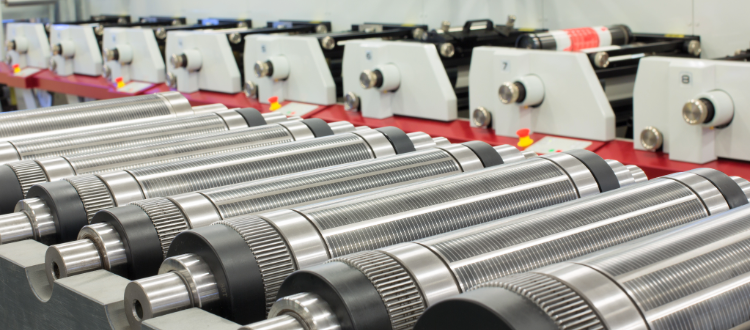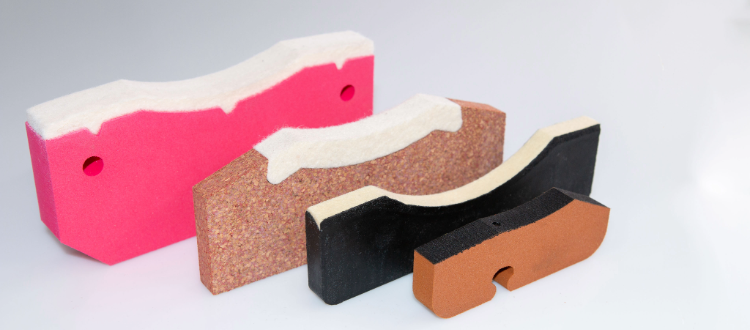When a new job comes in your press, operators probably select anilox rolls with cell capacities within a fairly narrow range so they can get to the desired ink densities faster. But how can they be sure that the capacities marked on the roll are accurate? How were the rolls measured? How recently? Then when the job goes on press, how much time is spent getting the color right? What does that cost you? Absent this information about the health of your anilox rolls, maybe you should be asking yourself, “Do I feel lucky?”
Each roll is home to an enormous number of tiny cells designed to hold very specific amounts of ink. Suppose a third of those cells are off by just 0.25 BCM—perhaps just 10 percent less than each cell is supposed to hold. This minor difference can be accommodated on press after doing a few pulls and adjusting ink mixtures to ensure colors will meet the customer’s target of less than two delta E. It’s business as usual that costs time and money.
The anilox rolls were presumably cleaned after the last job, but maybe they were just casually wiped with a rag dipped in cleaning agent—something we’ve all seen. The upshot is that unless you and your entire team are especially compulsive about cleanliness, there is likely dried ink in at least some cells. After all, you can’t really get it all out. Dried ink takes up space in the tiny cells, which after a few months are not equally productive across and around the roll. As noted, some of this can be accommodated, but knowing specifics about cell capacity lets those adjustments be made faster and more easily. What does this mean for your business? Let’s do some quick math. It’s all about less make ready time.
Is there money on your shop floor?
This is just an example and you should put in data that reflects your operation. We’ll start with how many jobs you run in a given day and how much time your press operators spend getting the color right.
For instance, suppose you run an average of 12 jobs per day on each of your six flexo presses and your operators take about an hour each day getting color density right on each press for the jobs. This is easier on some runs than others but let’s assume make ready adds up to 6 hours a day or 36 hours over a six-day week across your six presses. If you are charging $500 an hour for press time, that comes to $18,000 a week, not counting wasted ink and substrate material while getting color right. Over 52 weeks that works out to about $936,000 a year.
6 presses x 1 hour a day for make ready (on each press) = 6 hours per day
6 hours per day x 6 days = 36 hours per week
$500/hour press time x 36 hours/week = $18,000 per week
$18,000 hours/week x 52 weeks = $936,000 per year
But suppose you could save one hour of press time per day overall on make ready just by knowing more about the condition of your anilox rolls? That adds up to 312 hours per year, which at $500 per hour for press time comes to $156,000. Make ready costs would drop to $780,000.
These numbers are just examples and your numbers will be different, so do the math for your own shop.
Two more things. While you’re crunching numbers, add in the cost of substrate and ink that are wasted when stopping and restarting a press to check color. Many shops allow 15 percent of total ink and substrate costs for these checks, so you may find that over the course of a year the savings in consumables alone amounts to several thousand dollars. Then, be sure to add in any additional revenue from gaining just one extra job each week that you could add to your schedule by freeing up a little press time because you know more about your anilox rolls.
So the next question is, how do you change the playing field?
An MRI for Rolls
A growing number of printers and converters are moving the goalposts by using the Troika AniCAM to get the equivalent of an MRI of their anilox rolls. It shows overall condition, cleanliness, cell volumes, and can provide a roll-to-roll comparison to help operators select the best possible rolls for that six-color 105,000-foot job scheduled to go on press next Tuesday. And, because rolls eventually wear out, the data collected by AniCAM can give you a heads-up for any rolls that are coming due for re-coating or replacement.
To do this, a 3D scanning microscope peers deep into every cell, providing intelligence that feeds the AMS (Anilox Management System) database that shows up on your computer to help you can monitor the condition of your inventory. Combined with consistent best practices for roll care, the Troika AniCAM helps you get longer useful lives from your costly rolls.
“The Troika AniCAM provides first-hand knowledge that lets printers save money, be more efficient and more profitable,” says Andy Gillis, General Manager of Provident Group. “Depending on size and volume, most shops see a positive ROI between six and twelve months after acquiring an AniCAM. When a business owner looks at costs the value is readily apparent.”
To learn more about how the Troika AniCAM can help your business be more successful contact us, or call Provident at 920-733-5415.




